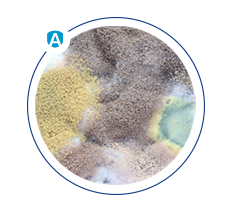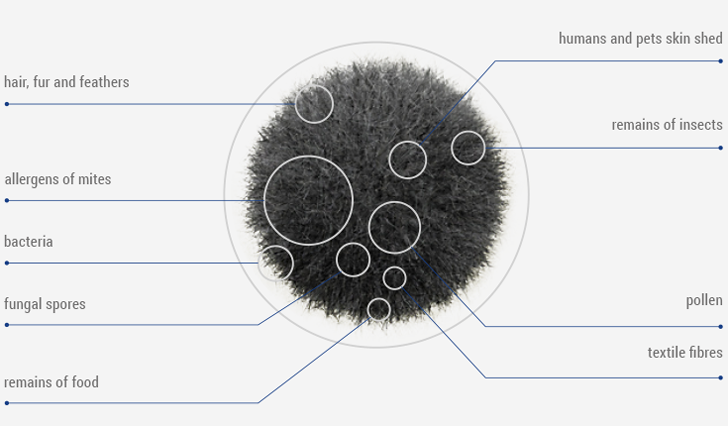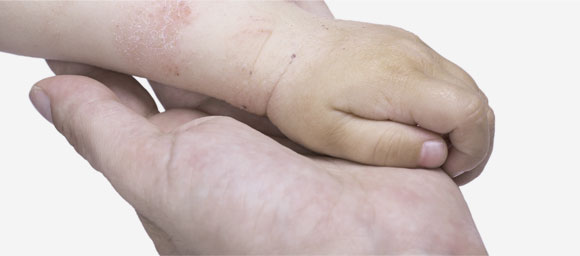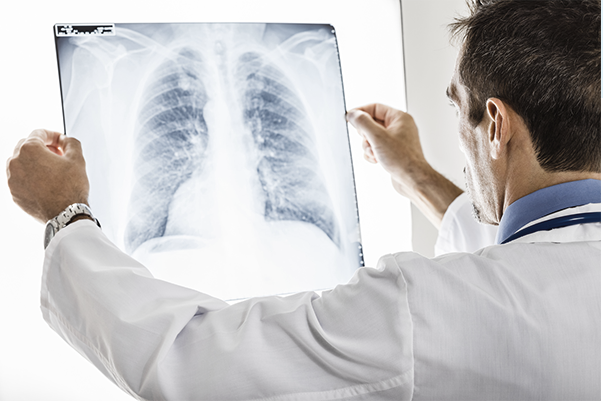Signs and symptoms
Variable and reversible airflow limitation through the bronchi, called bronchial hyperresponsiveness, is a typical symptom of asthma. It occurs spontaneously, but also under the influence of physical, chemical or biological agents.
Sometimes symptoms become exacerbated. They are characterized by increased dyspnoea, escalating cough, wheezing, chest tightness, which may impair lung function.
cough
wheezing
chest tightness
Chronic inflammation leads to the pathological repair processes, that is remodelling of tissues, which aggravate respiratory dysfunction. Bronchial smooth muscle contraction, mucosal oedema and overproduction of thick mucus take place during an asthma attack. Patients then feel a transient chest tightness.
































